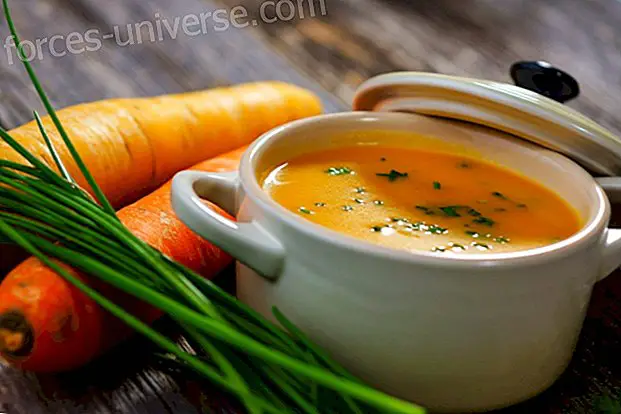
Ideally, instead of buying them, you will make your own garden to have them fresh at any minute. If you want to make preparations to preserve them, these are the most efficient ways to take advantage of all their medicinal properties:
Tincture: We obtain the assets through an extraction with non-denatured alcohol, ether or even certain types of wines. To do this, we can either use the maceration or let the liquid drip through long or narrow containers.
Maceration: We pour the crushed or shredded vegetable and dip it in water at room temperature. It will be allowed to rest for 1 to 3 days and we will stir the mixture periodically.
Infusion: We crush or shred the part of the plant that contains the assets. We put it in a bowl and add boiling water. The mixture is allowed to stand until it cools (up to 25 minutes) and then filtered with the option of compressing or squeezing the accumulated residue so that more liquid falls.
Decoction: We act the same as in the infusion but keep the mixture for a few hours. Subsequently, it is boiled for 10-15 minutes (or whatever is indicated so as not to eliminate important thermolabile assets) and then left to rest for a few days, periodically stirring.
The 20 plants that we suggest you add in your 'Green Kit' are:
Rosemary: It is used for flatulence or digestive gas, intestinal problems, cough, insomnia, diuresis, hypercholesterolemia, depression and psychic exhaustion.
Tusilage: It is used for cough, pulmonary emphysema, bronchitis and chronic respiratory conditions.
Chamomile: It is antidiarrheal, heavy digestions, regulator of menstrual flow, solar erythema, insomnia, inflammation of the mouth or throat, inflammation of the skin, painful menses and headache.
Sage: Serves for inflammation, excessive sweating, cough, insomnia, nervousness and respiratory conditions.
Lavender: It is used for asthma, bruises, disinfection of the skin and mouth, rheumatic pain, weakness, migraine, depression and nervous conditions.
Melissa: It is indicated for inflammation of the mouth and throat, insomnia, headache, anemia, halitosis and respiratory conditions.
Mint: It is indicated for heavy digestions due to heartburn or gastritis, intestinal pain, inflammation of the mouth, halitosis, nausea, headache, nerves and insomnia.
Yarrow: Its indication is for acne, decongestant of the epidermis, liver and digestive disorders, burns, sores, hemorrhoids, varicose veins, biliary disorder and circulatory problems.
Calendula: It is ideal and recommended for the treatment of wounds, superficial burns, ulcers, insect bites and acne. It is also indicated as antispasmodic and sweaty.
Malva: Acts as a sedative of the nervous system but is also used for respiratory tract conditions, pharyngitis, cough, hemorrhoids, access, intestinal inflammation, skin inflammation and gingivitis.
Anise: Its most frequent use is as a corrective taste but is indicated for flatulence, digestive disorders and bronchial problems. Care must be taken because with high doses it is capable of causing seizures.
Fennel: It is indicated for heartburn, flatulence, aphonia, pharyngitis, bronchitis, cough, fatigue, colds and lack of appetite.
Valerian: It is indicated for insomnia, nervousness, anxiety, depression, asthma and some bruises. In addition, it has neuralgic properties and acts effectively against migraine.
Hyssop: It is indicated for the treatment of bruises, sores, wounds and burns and for oral administration in asthma and bronchitis.
Angelica: Acts as a stimulant of appetite, in the aerophagia or to treat stomach or intensive spasms. In addition, it is used for the preparation of liquors. High doses are toxic.
Cumin: It is indicated for intestinal gas, lack of appetite and digestive disorders in general.
Thyme: The treatments for wounds, sores, inflammation of the skin, halitosis, inflammation of the mouth, headache of nervous origin, pharyngitis, hoarseness, common cold, cough and gastrointestinal disorders stand out.
Horsetail: It is used for generalized edema, washing wounds (external use only), diuretic, hemostatic and as a remineralizer to strengthen bones and nails.
Witch hazel: It is indicated for varicose veins, phlebitis, hemorrhoids, menopause disorders and acts effectively in the healing processes of the dermis, as well as astringent properties for erythema or pruritus.
Oregano: The leaves and flowers are used and it is indicated for difficult digestions, gases, lack of appetite, indigestion, throat and mouth infections, cough and respiratory tract conditions.
20 medicinal plants that you can include in your Green Kit
Source:






